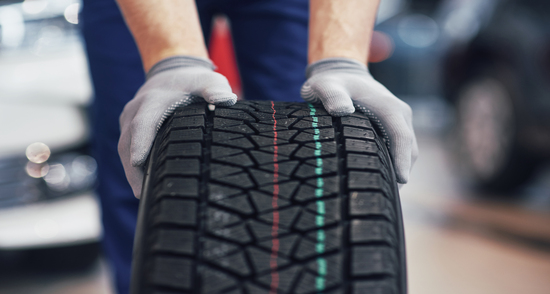While travelling on the road, the most important thing is your and your family’s safety. Which substantially depends on your tire safety conditions.
We know the importance of your safety. Hence, we have brought a comprehensive, easy-to-understand guide on how to check tire safety.
In this article, you will learn what 7 things you should look for when you check your tires.
7 Things To Track For Tire Safety
According to dealers of the best tires in Oman, the below three things are the most important to track for the best tire safety.
Air Pressure
The air pressure in your vehicle’s tire significantly impacts tire failure and fuel consumption. Hence, always look for whether the air pressure in your tires is the right amount or not.
You can efficiently check the air pressure in your tires by using a pressure gauge and comparing it with the typical values to validate.
Wheel Alignment And Balancing
Another crucially important factor for tire safety is wheel alignment and balancing.
The correct alignment and balancing ensure that vehicle runs smoothly and safely along with improving the vehicle’s performance.
Rotation Pattern
During tire rotation, all your tires replace their positions according to a specifically chosen pattern. For example, moving your front tires to the rear, and vice-versa.
Tire rotation is very crucial for the even wear of all the tires.
The recommended value of tire rotation is 4000 to 5000 miles. This means you should rotate your tires every 4000 to 5000 miles.
Tread Depth
Monitoring the tread depth of your tires is essential for safety. Adequate tread depth ensures proper traction and grip on the road, especially in wet or slippery conditions. Use a tread depth gauge or the “penny test” to check if the tread depth meets the recommended minimum requirement.
Signs of Wear and Damage
Regularly inspect your tires for any signs of wear or damage. Look for cuts, bulges, cracks, or uneven wear patterns. These issues can indicate potential tire problems that need attention. If you notice any abnormalities, it may be necessary to have your tires inspected or replaced by a professional.
Tire Age
Pay attention to the age of your tires. Even with good tread depth, tires can deteriorate over time due to aging and exposure to the elements. Most tire manufacturers recommend replacing tires that are over six years old, regardless of their tread depth. Check the manufacturing date stamped on the sidewall of the tire to determine its age.
Proper Tire Maintenance
Besides the specific aspects mentioned above, maintaining proper tire maintenance practices is crucial for tire safety. This includes regular tire rotation, ensuring correct tire inflation, and periodic alignment checks. Following the manufacturer’s recommended maintenance schedule and guidelines will help optimize tire performance and extend their lifespan.
Conclusion:
Hopefully, after getting through the whole guide you have successfully learned how to check tire safety.
Air pressure, wheel alignment and balancing, and tire rotation are the most crucial three things you should look for when you check your tires.
After all, buying safe tires ensures your and your family’s safety.



